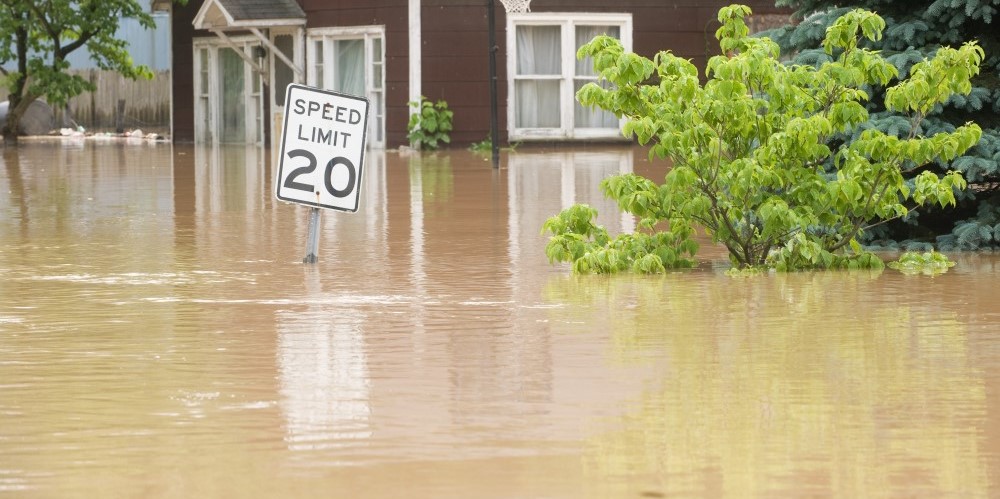Mitigation Matters Research Program
Frequently Asked Questions
1. Who is eligible for the Mitigation Matters Research Program? Academic researchers affiliated with a U.S.-based university are eligible to apply as principal investigator. Investigators are welcome to partner with practitioners and private-sector professionals, as well as collaborators from outside of the United States. International collaborators are especially encouraged in cases of research involving fieldwork outside of the U.S.
2. Can graduate students apply? Graduate students and early-career researchers are encouraged to apply. Current students may be asked to provide a brief letter of support from an academic advisor as part of the submission process.
3. What is the maximum grant amount? Grant awards will typically range between $1,500 and $2,500. A maximum of $2,500 is available per award.
4. Is there a proposal deadline? The deadline for the second call for Mitigation Matters research grant proposals is 11:59 p.m. Eastern Time on March 16, 2020.
5. What does the program fund? Funds may be dedicated to fieldwork expenses, the purchase of research equipment or datasets, for stipends to researchers, payment for translators or other team members, and various participant compensation. In terms of budget needs for field equipment, consider requests to the National Science Foundation-supported RAPID facility. Overhead, salary payments, fringe and indirect costs are not allowed.
6. Will the Mitigation Matters Research Program cover costs associated with research that does not involve fieldwork? Research does not need to involve fieldwork to be eligible for a grant. Research involving secondary data analysis and other non-travel related research expenses as listed above is eligible.
7. Will the Mitigation Matters Research Program cover costs associated with data collection or data analysis for social media or web-based studies? Social media or web-based studies related to mitigation are eligible. The purpose of the Mitigation Matters Research Program is to enable innovative natural hazards mitigation research.
8. If my proposal is accepted, when will I receive the funds? The Mitigation Matters Research Program reimburses expenses incurred during the data collection and analysis process. Based on the current reimbursement framework, researchers submit receipts for reimbursement after the successful submission and acceptance of a Mitigation Matters grant report to the Natural Hazards Center (due within three months of project completion).
9. When can I begin collecting data? Data collection can begin after formal notification of grant approval. Research involving human subjects will require an institutional review board (IRB) approval or a waiver and data collection cannot begin until final IRB documentation is received. We are unable to reimburse expenses incurred before the formal grant notification is offered and IRB approval is received.
10. Do I have to be a social scientist to receive funding? The Natural Hazards Center has a long history of supporting disaster-related social and behavioral science, but you do not have to be a social scientist to apply for funding. However, proposals of new research on the social, behavioral, and economic aspects of mitigation or those that employ interdisciplinary approaches that explore the intersection between humans, hazards risk, and the built environment, will be prioritized for funding.
11. Do I have to be a member of SSEER to apply? No, you do not have to be a member of the Social Science Extreme Events Research (SSEER) network to apply for a Mitigation Matters research grant. We do hope that all social scientists will join SSEER so we can better identify and connect social science researchers to one another, to interdisciplinary teams, and to communities at risk of and affected by hazards and disasters.
12. Do I have to publish my data? No, you are not required to publish the data you collect. However, you are encouraged to consider using the National Science Foundation-supported DesignSafe Cyberinfrastructure to manage and potentially publish your de-identified data. If you are interested in learning more, please read about the partnership between our National Science Foundation-supported CONVERGE facility and DesignSafe, where we are working together to advance the publication of hazards-related data sets, data collection protocols, and research instruments.
13. How I can get updates, notifications about calls for proposals, and more information about the Mitigation Matters Research Program? For future updates and information, please subscribe to or update your preferences to receive Natural Hazards Center Small Grants Programs announcements.
